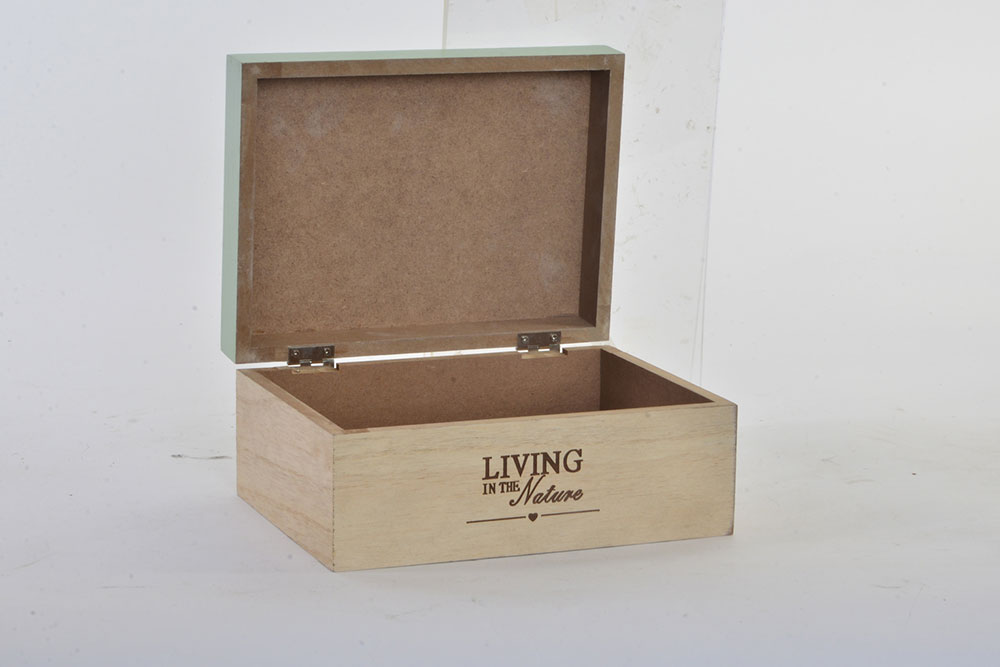9 most unsafe places to hide jewelry at home

No one can predict a break-in; however, one can always try their best to be prepared during such an unfortunate event. Ideally, there should not be many valuables in the house. That said, not everything can be kept safely away in the bank. Some homeowners make the mistake of hiding them in common places, thinking the robbers may not find them. Here are some unsafe hiding places for jewelry and other valuables that should be avoided:
1. Drawers
Most burglars search the drawers first when they break in, so this section of the house should be avoided when safekeeping jewelry or other valuables. They are usually a common hiding spot for many things, so burglars often go straight to the drawers. Additionally, it is essential to not keep any important identification or financial documents in the drawers, as identity thefts, too, are on the rise. Hiding jewelry under clothes is also not a good option, as burglars simply throw all the clothes away, and the jewelry can easily fall off from there.
2. Fridge
Some people choose their refrigerators as hiding places for valuables like jewelry. They try to conceal the jewelry in the freezer by wrapping it in foil paper, in a box, and so on, and labeling it as some kind of food. Burglars know about these tricks, so it’s advisable not to use the freezer as a hiding spot. Also, pop culture shows and movies have used this trope quite a bit, so burglars will raid the freezer for valuables.
3. Toilet tank
This is another common hiding place that needs to be avoided. This is definitely an unusual place to hide valuables; however, movies and TV shows have popularized this concept so much that everyone knows about it now. Usually, using a waterproof container or a ziplock can be considered a neat trick to put one’s belongings, as they can easily be stuck inside the toilet tank or even just put on the side.
4. Medicine cabinet
A place to keep medicines that can act as a jewelry hiding place? It may seem like a good idea at the time, but not exactly, mostly because it’s easily accessible to anyone and everyone. So, it’s not exactly the best hiding place. Secondly, burglars will steal anything. Many prescriptions are not easily available in the market, and burglars can easily steal those to make extra money. So, a medicine cabinet does not fit the best hiding spots for valuables.
5. Laundry basket
Who would want to go through a pile of dirty clothes? Intruders? Yes. This may seem like a good idea because a laundry basket is sort of a temporary dumping basket until it goes to the machine and the clothes come out all neat and fresh. However, for the burglars, this dumping basket may just be the jackpot they’ve been looking for. Also, many times, people forget to empty their pockets while throwing clothes in the laundry, which means burglars already know they could potentially find something in this lot. While they go through the pockets of jeans and dresses, the valuables hidden in this heap of leaps can accidentally fall out.
6. Vases
Empty vases or even pots should be avoided at all costs. Since there seems to be a lot of dark space inside these decorative items, they can be convenient for storing cash and other valuables like jewelry; however, they are far from safe. Anyone can easily spot a vase or pot from far away and will know that checking inside it would be even easier. A burglar will not even care to carefully put their hand in it and simply start breaking all the pots instead in search of valuables.
7. Under the mattress
A robber may not enter the bedroom when someone is already in the house, so placing valuables under the mattress may make sense, but not always. This is one of the most popular and probably one of the most unsafe places to hide anything valuable. Also, a burglar may not even care for life and try to harm people in the house in search of valuable goods, so never keep anything in the bedroom anyway. Similarly, keeping any jewelry, important documents, or cash in the children’s bedroom should also be avoided at all costs. Children’s rooms have a lot of toys and other small accessories, which may seem like a good hiding spot, but this also means that those living in the rooms may be at risk if there is a break-in.
8. Closets
For the same reason as above, avoid using the closet as a space to hide anything. Also, this is one of the first few places a burglar will look into for valuables anyway, so it does not make for a great hiding spot. Some closets may have a secret hiding spot, so it may work if the homeowner can figure out a clever way to hide the valuables there somehow. Still, it is recommended to keep valuables away from the closet.
9. A safe
Robbers’ attention will always be drawn toward a safe inside a house. A safe itself is symbolic of something valuable inside of it, which means that it might be one of the first places a robber checks for valuables. When positioned correctly, a safe may be a great way to put jewelry, cash, or other valuables; however, placing the safe inside is tricky. It should not be movable or disguised correctly in the house to match the furniture or interiors. So, i f one wants to keep their branded valuables, say, precious metal pieces from Kay Jewelers, safe at home, they should invest in floor or wall safes that can be bolted down. Such safes are significantly safer home storage solutions for protecting precious jewelry against burglary attacks and fires. Additionally, upon purchasing jewelry from Kay, one can get the new piece insured. The brand offers coverage plans via its insurance partner to protect Kay jewelry against loss, theft, damage, and disappearance.


